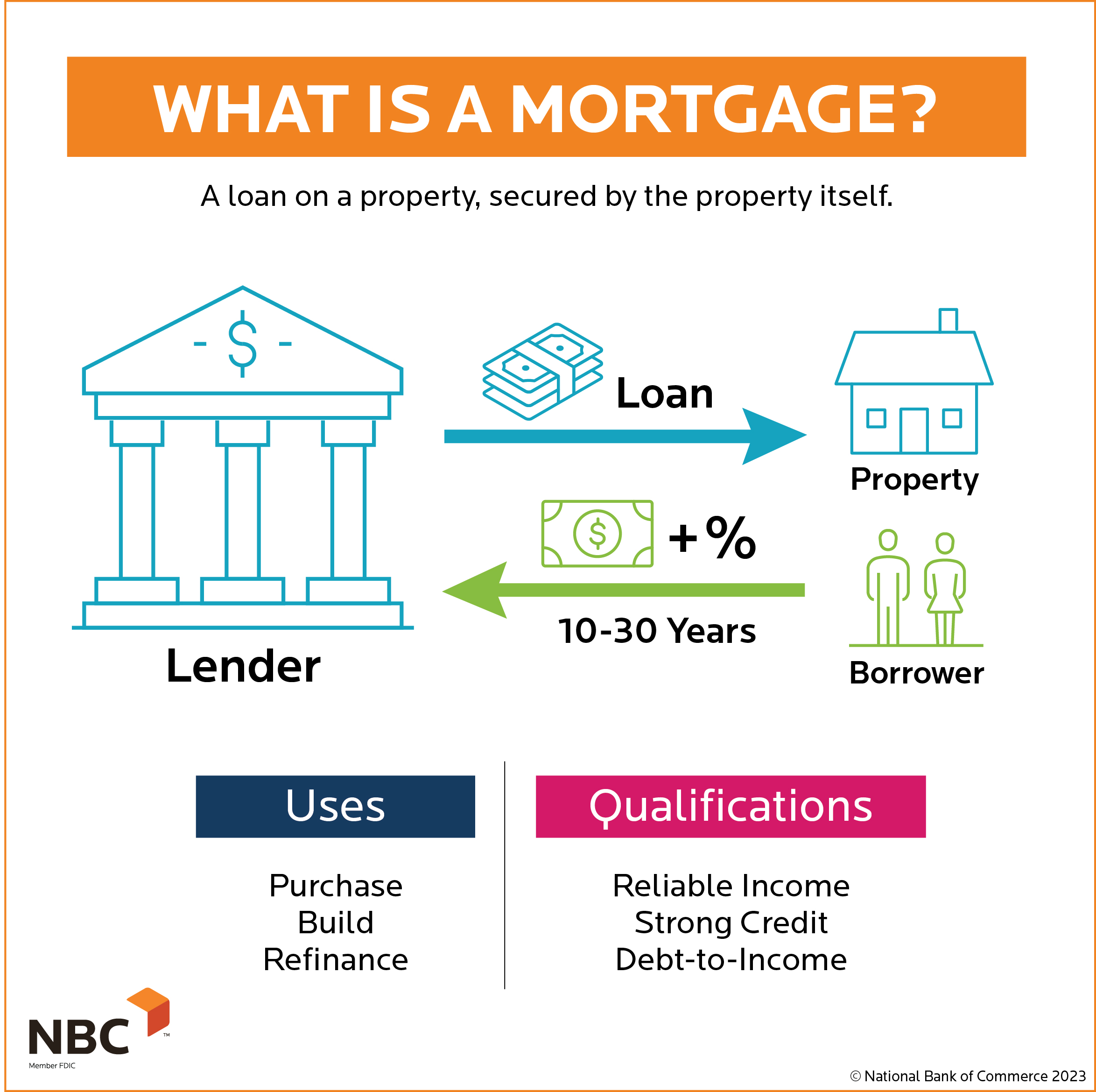Conventional Mortgage Loans: The Preferred Option for Homebuyers
The Important Elements to Think About When Picking Between Fixed-Rate and Adjustable-Rate Home Mortgage Finances
When reviewing home mortgage choices, debtors deal with a pivotal decision in between adjustable-rate and fixed-rate lendings, each offering distinct benefits and potential pitfalls. Key factors to consider such as rates of interest stability, predictability in month-to-month settlements, and the ramifications of possible price changes can significantly impact long-term economic wellness. Comprehending the anticipated period of homeownership and the general cost of loaning can shape one's approach. As these factors link with individual economic situations and risk tolerance, the implications of this choice might not be as simple as they seem. What subtleties should be prioritized in this crucial decision-making process?
Rate Of Interest Security
When selecting a home mortgage, recognizing rate of interest security is vital for informed decision-making. Rate of interest can dramatically influence the total expense of a home mortgage, and identifying the nature of these rates is important for borrowers. Fixed-rate mortgages provide the benefit of consistent month-to-month settlements over the life of the financing, protecting debtors from market changes. This stability allows property owners to prepare their finances with higher assurance, as they will not be affected by climbing rates of interest.
On the other hand, adjustable-rate home loans (ARMs) start with lower initial rates that might change regularly based upon market problems. While this can result in lower settlements initially, it also presents unpredictability, as consumers may face raised settlements if rates of interest rise. For those thinking about an ARM, it is essential to assess the possibility of price modifications, the potential for payment rises, and the size of the initial fixed-rate duration.
Ultimately, the selection in between adjustable-rate and fixed-rate home loans depends upon individual risk resistance and financial situations. Comprehending rate of interest stability assists borrowers make educated decisions that align with their lasting economic goals.
Month-to-month Settlement Predictability
While customers typically prioritize passion rate stability, the predictability of monthly settlements is similarly vital in the mortgage option procedure (Conventional mortgage loans). Month-to-month repayment predictability plays an essential function in budgeting and economic planning, as it straight affects a homeowner's capital and general monetary health and wellness
Fixed-rate home mortgages offer a constant month-to-month repayment throughout the life of the funding, enabling debtors to expect and intend their expenditures effectively. This stability can be specifically useful for first-time property buyers or those on a fixed revenue, as it eliminates the unpredictability related to fluctuating payments.
Conversely, variable-rate mortgages (ARMs) generally feature lower initial repayments that can change in time, leading to potential irregularity in month-to-month responsibilities. While at first appealing, this unpredictability can complicate financial preparation, specifically if customers do not make up future price changes.
Potential Price Changes
In the realm of adjustable-rate home loans (ARMs), prospective price adjustments stand for a significant element that consumers must very carefully think about. Unlike fixed-rate mortgages, where the interest price continues to be unchanged for the life of the lending, ARMs are characterized by changing interest prices that are tied to market indices. This variability can bring about significant adjustments in regular monthly settlements, impacting the borrower's financial planning and budgeting.
Typically, ARMs have a first fixed-rate period during which the passion rate is steady. Hereafter duration, nevertheless, the rate adjusts at predetermined intervals-- typically annually. Debtors should recognize the margin and index used to compute these changes, as they straight affect future rates of interest. Additionally, ARMs commonly include caps that restrict just how much the rate of interest can enhance at each adjustment and over the life of the funding, which can give some degree of defense versus extreme price walkings.
Comprehending these possible modifications is important for borrowers, as they straight impact lasting payment responsibilities. Assessing individual economic situations check my reference and run the risk of tolerance is vital when determining whether an ARM aligns with one's economic objectives.
Loan Term Considerations
Finance term considerations play a critical function in the decision-making process for customers choosing between adjustable-rate and fixed-rate home loans. The length of the loan term considerably affects regular monthly settlements, rates of interest, and overall economic preparation. Fixed-rate home mortgages normally provide regards to 15 to thirty years, giving security in month-to-month settlements and predictability in budgeting. This can be specifically appealing for debtors who prepare to remain in the exact same home long-term and choose the assurance of fixed payments throughout the life of the article car loan.

Inevitably, borrowers have to assess their individual circumstances, financial goals, and market conditions when evaluating the effects of car loan term choices within each home mortgage kind.

Overall Price of Borrowing
Fixed-rate home loans offer foreseeable month-to-month repayments, as the passion rate remains constant throughout the funding term. This predictability can lead to reduced overall expenses, specifically in a secure or declining rate of interest price setting.
Alternatively, adjustable-rate home mortgages (ARMs) usually start with reduced initial rates, causing minimized upfront prices. These rates can enhance after a first duration, leading to potentially higher lasting expenses. Customers need to think about the regularity and degree of rate changes, as well as the overall finance period, to precisely examine the monetary effects.
Furthermore, these details the total expense of loaning incorporates not only rates of interest however additionally charges and various other connected expenses, such as shutting expenses and insurance coverage (Conventional mortgage loans). Therefore, when reviewing home loan options, customers should perform a detailed price analysis over the life of the car loan. By doing so, they can make an educated decision that lines up with their financial goals and risk tolerance
Conclusion
Rate of interest price security and monthly payment predictability are critical for reliable budgeting, while the capacity for price modifications in ARMs introduces economic unpredictability. Furthermore, the awaited duration of homeownership and the overall cost of loaning, including rate of interest rates and associated charges, must line up with specific economic circumstances and take the chance of tolerance.
Key considerations such as interest rate security, predictability in regular monthly payments, and the effects of possible rate adjustments can significantly affect long-lasting monetary wellness. Passion prices can dramatically influence the overall price of a home mortgage, and recognizing the nature of these rates is important for borrowers. Unlike fixed-rate home loans, where the interest price remains unmodified for the life of the financing, ARMs are identified by fluctuating passion prices that are tied to market indices. In addition, ARMs frequently consist of caps that limit exactly how a lot the passion rate can boost at each modification and over the life of the car loan, which can give some level of protection versus radical price walkings.
Rate of interest rate security and regular monthly settlement predictability are vital for effective budgeting, while the potential for rate changes in ARMs introduces monetary uncertainty.